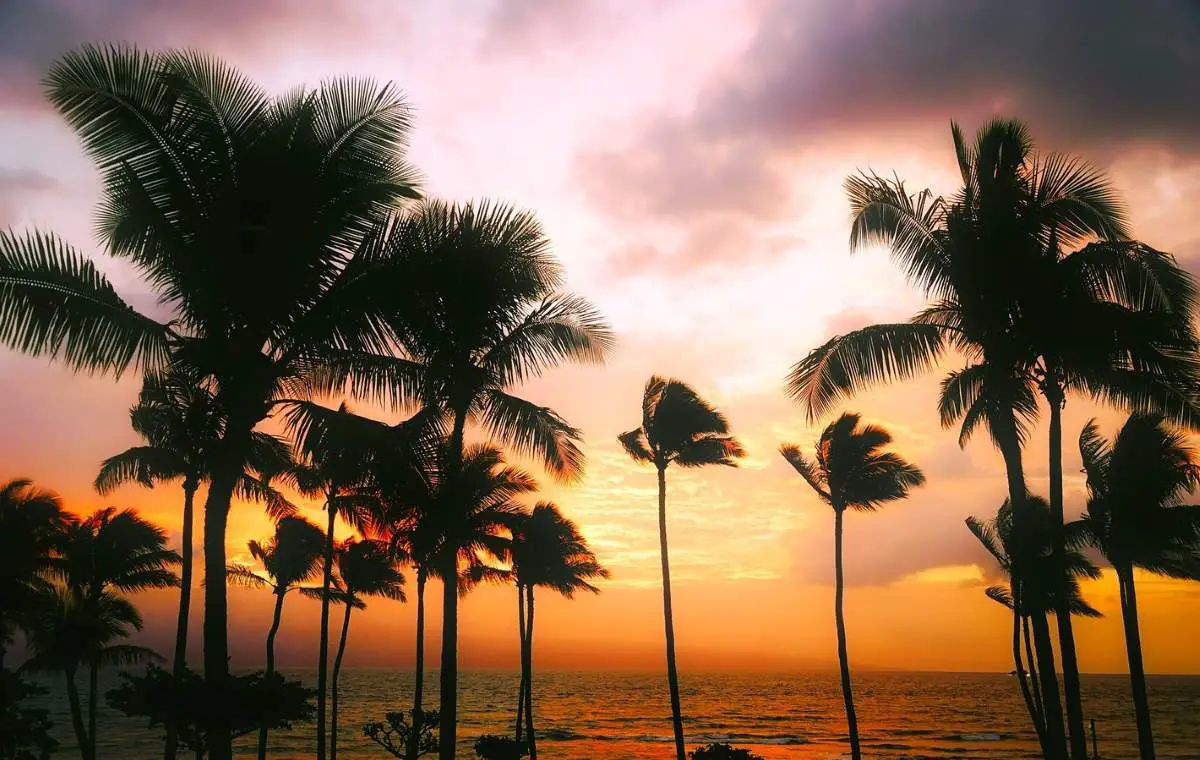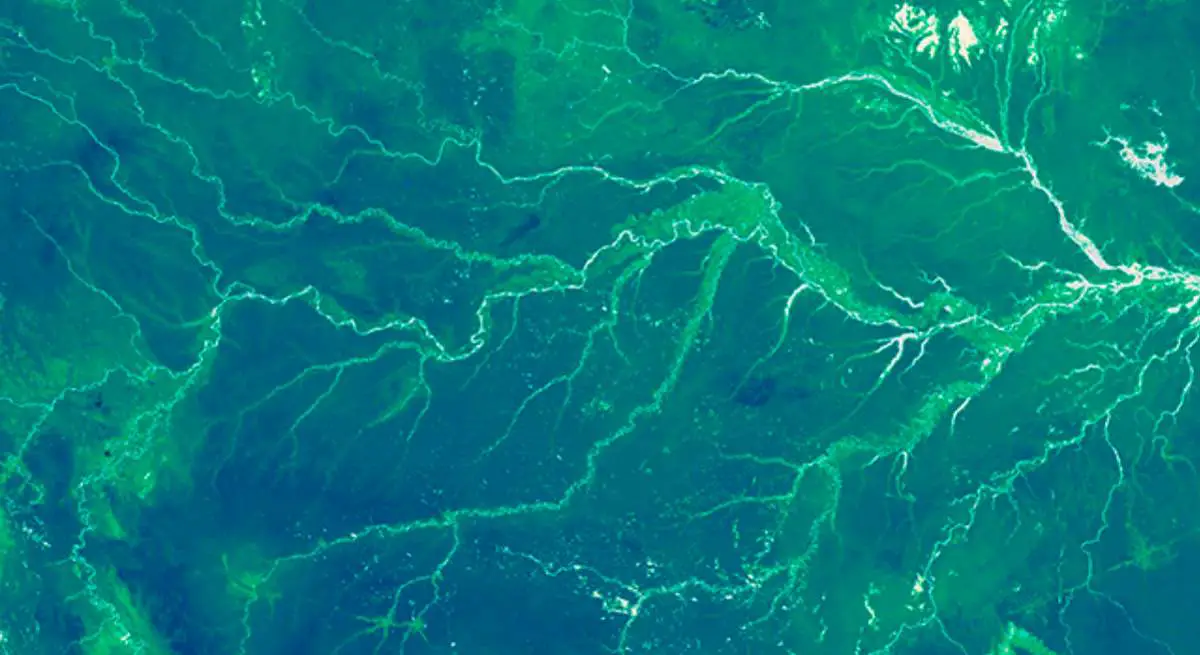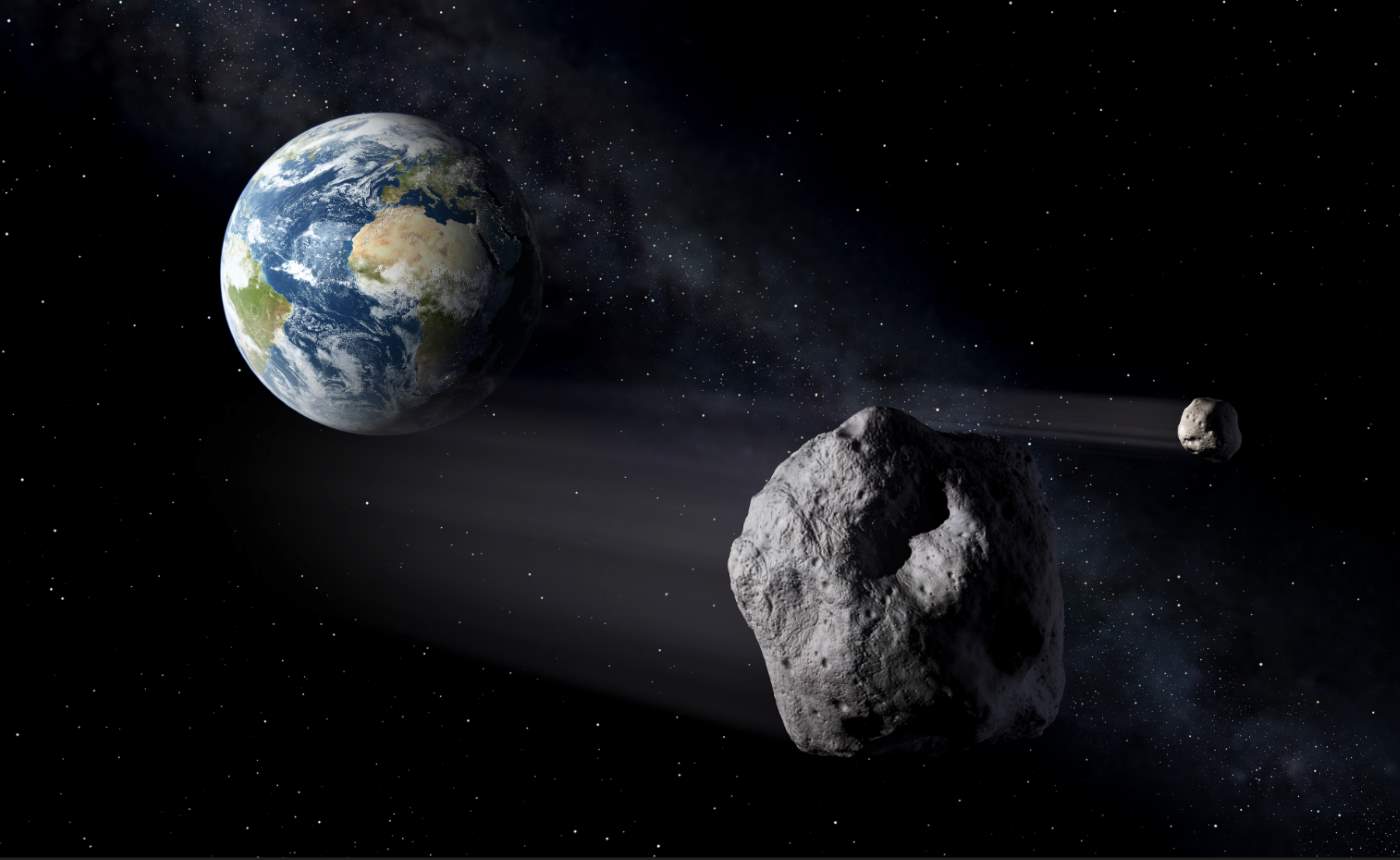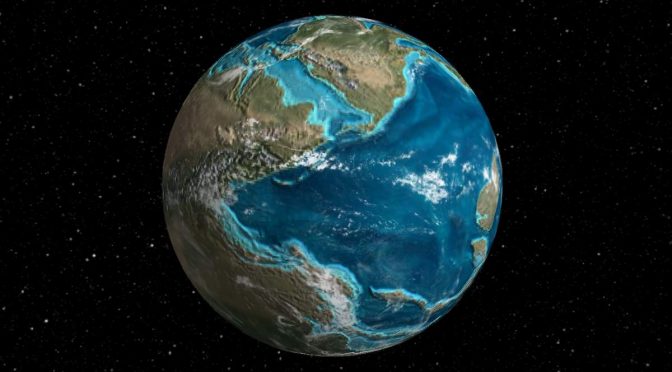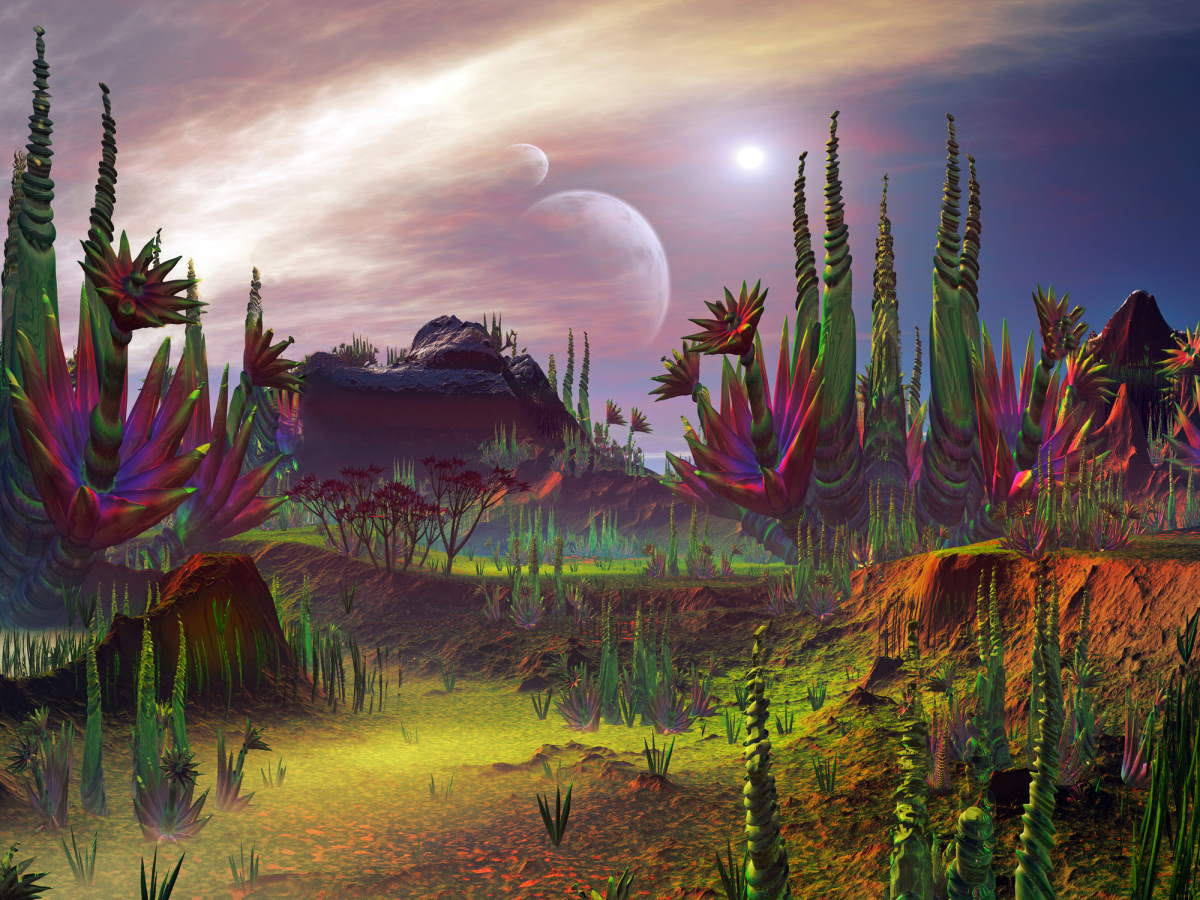Back in December 1990, during its flyby of Earth, NASA’s Galileo spacecraft, which studied the planet Jupiter and its moons, as well as several other Solar System bodies, pointed its instruments towards Earth, at the urging of Carl Sagan. And, it has found evidence of life on our planet. This can be a key to detecting vegetation on exoplanets – which is key to a possible intelligent extraterrestrial life.
In a paper published in Nature, researchers wrote “The Galileo spacecraft found evidence of abundant gaseous oxygen, a widely distributed surface pigment with a sharp absorption edge in the red part of the visible spectrum, and atmospheric methane in extreme thermodynamic disequilibrium. Together, these are strongly suggestive of life on Earth.”

